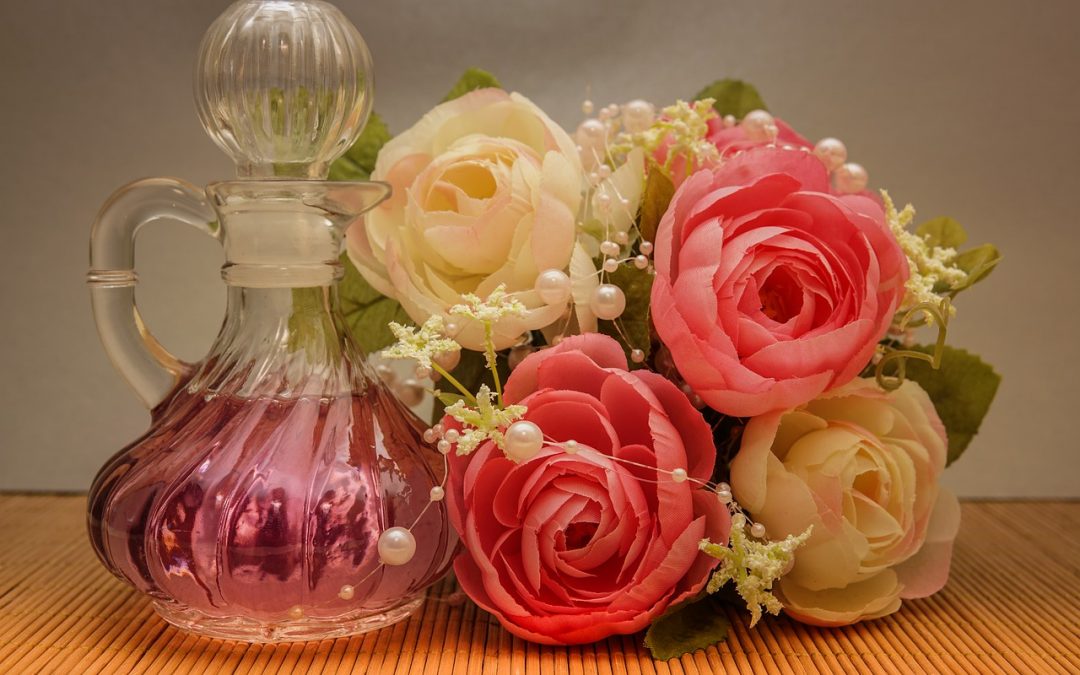
Messages in the Roses
As we come upon Valentines Day, many people will be choosing roses as a means of conveying their affection and love. In days gone by, elaborate messages were communicated through bouquets, as each plant translated its own vocabulary. Flower colour make a difference to the scent of a rose, and also to its medicinal benefits.
I had the pleasure of meeting British aromatherapist and author Elizabeth Ashley at Botanica 2016 in England. Elizabeth has gone to great lengths to explain the history, qualities and energetics of various roses. She states, “… For rose truly is a timeless elixir, unmatched in her beauty but also her power. ” In her book, Rose Goddess Medicine, she offers us these descriptions of various coloured roses.
Red Rose – Passionate love
This essence helps us to face the wounds which we might have hoped had already healed. Its compassionate medicine reaches out as salve for guilt that underlies the perception of pain. … The Red Rose is a thread through the infinite lifetimes of being. It is eternal and can connect in a timeless fashion unhindered by space and time. …
Self-hating strategies stack up layer on layer and form a fiercely angry welt that Red Rose energy is supremely good at dissipating. … This is root chakra energy, physical love and life foundations. It is the healing gateway from those lessons learned in the first seven years of your life, of dependency, security and how easily your emotional needs can be met.
Yellow Rose – Gladness, friendship, promise of a new beginning; it can also convey jealousy
When someone suffers a trauma, eventually the shock to the tissues will start to change how the body acts at a cellular level, slowly driving up inflammations and markers of chronic disease. Yellow Rose energy is first aid. It entirely dissipates the trauma before it has a chance to infect. Emergency medicine of the solar plexus chakra.
Bright Pink Rose – Appreciation and gentleness
This is truly the colour of the female consciousness as it stands today. It is the “widget” for anyone who dreams of manifesting an altruistic role but somehow always sees their goal slip away. The Pink Rose will seriously kick your (butt) if you are wasting time or managing it ineffectively. The medicine might be subtle, but with her 6 inch Louboutains on her fragranced feet, you are sure going to feel it when she does! If you want to manifest, then you most certainly will. Be warned: if life can’t get any fuller, then something will have to go. Make sure you say your goodbyes with compassion and love. … The Pink Rose is sisterhood, grace and your place in the cosmic order. How do you fit into the universe’s plan and who can you call on to help you? Rose will tell you who, what, why, where and when – and the chances are she will also present your purpose right there at your feet!… Bright Pink Rose energy draws out everything you were ever born to be.
Pale Pink Rose – Grace and “Please believe me”
Before any real healing can take place in the heart, or success starts to manifest through your life, there absolutely has to be some semblance of self-esteem. This is truth medicine. … Confidence is a practice learned trait. It builds and gathers momentum with success. At the very beginning of a dream or new project, it is hard to make new listeners hear. Pale Pink Rose engenders faith in us and in them…. The Pale Pink Rose helps you like what you see in the mirror. It carries the gift of unconditional self love and acceptance. It fosters healthy interpersonal connections. All Pink Roses vibrate at the heart chakra.
Orange Rose – Desire and enthusiasm
This is very clear bright sounding throat chakra medicine. It enhances creativity, clears emotional blocks and eases anger. It is happy, feisty and energetic; really caught up in the moment, like nothing else ever really mattered.
Purple Rose – Enchantment
This is a transient and transcendent energy of the third eye. A snapshot into another realm. It is intuitive, psychic and spiritual.
White Rose – Purity, silence and innocence
This is the rose of the crown chakra, gently nurturing and compassionate. White Rose essence engenders the will to live and a commitment to see life’s trials through to their resolution.
The Rose has a long history of cultivation, use and appreciation. It has always been associated with love, passion, connection and spirit. As a herbal medicine, its qualities are amazing. As an essential oil, its aroma is divine. A little goes a long way – deeply and profoundly. Perhaps it is time we took another look and whiff of this exquisite beauty. Happy Valentines Day!

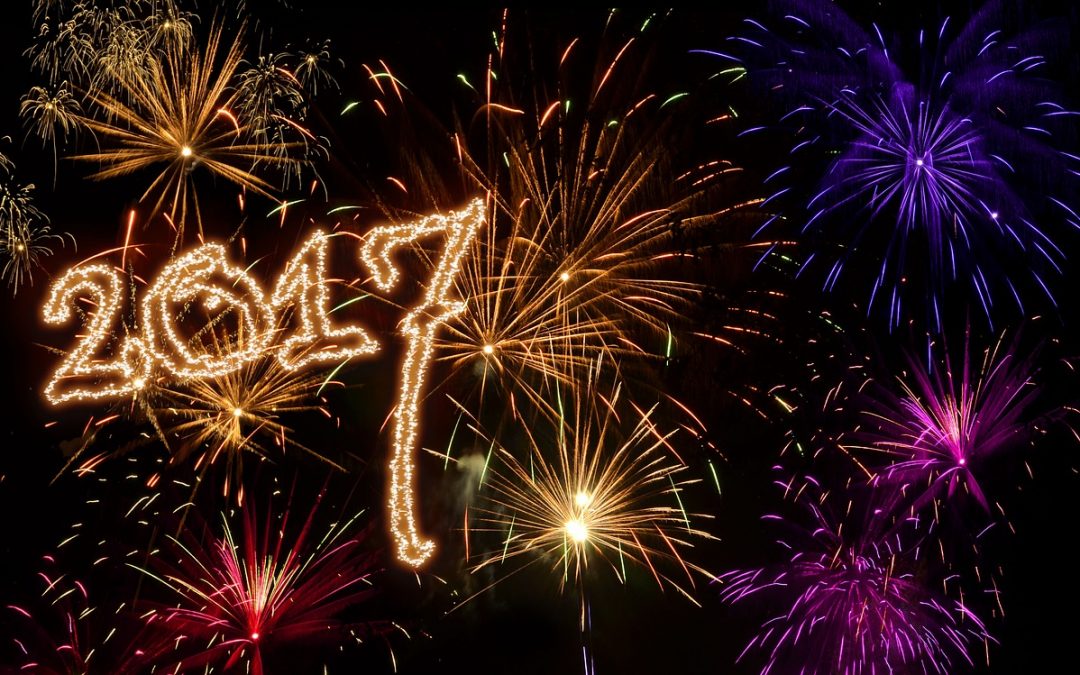
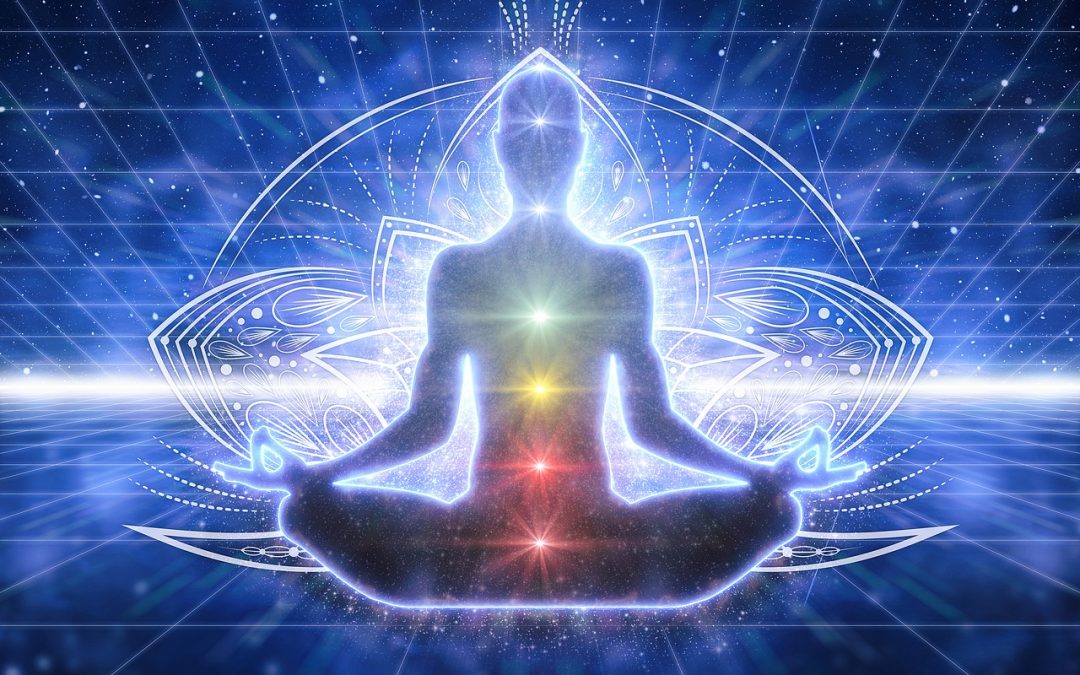
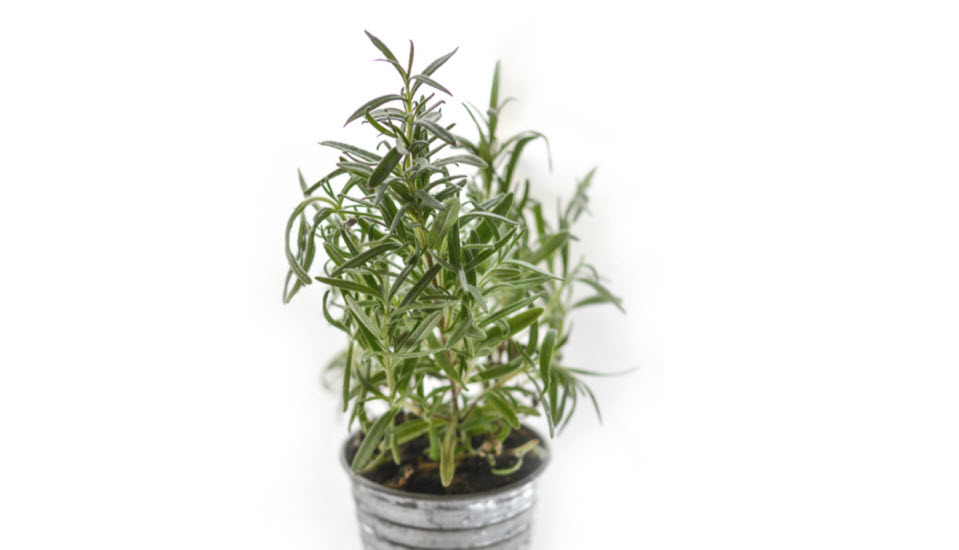
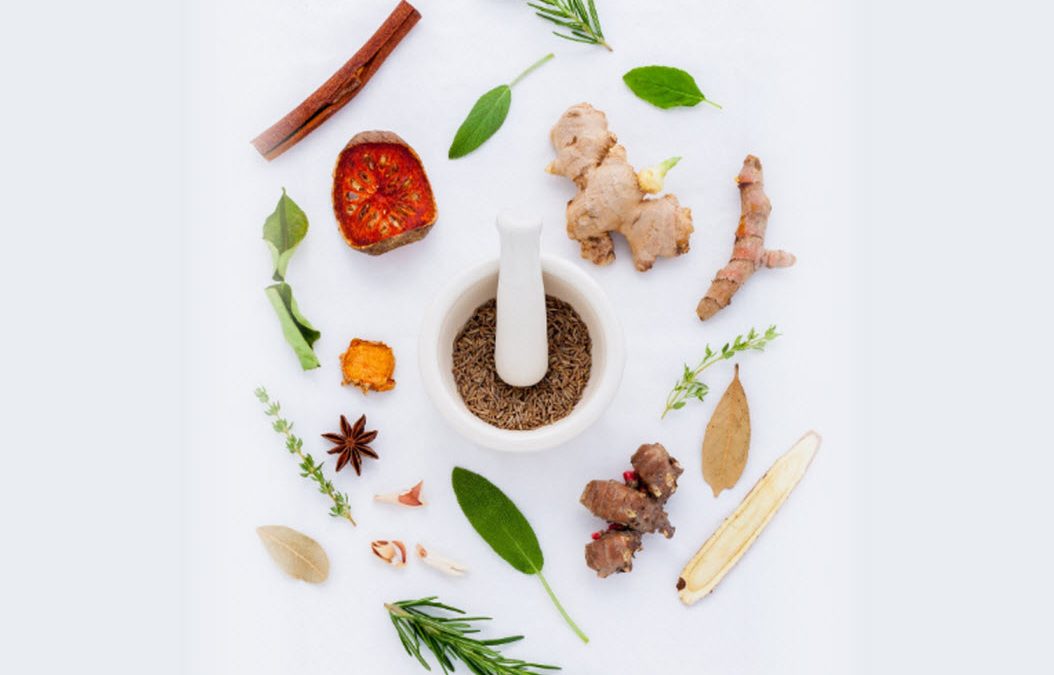
Recent Comments